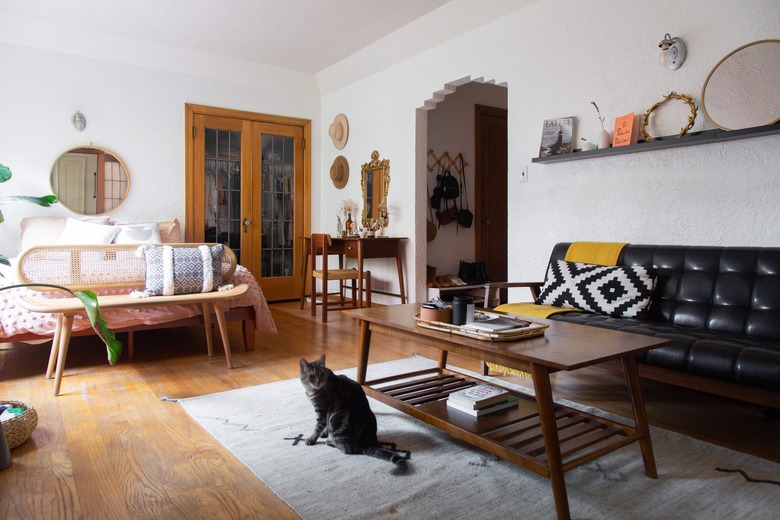Unfinished Hardwood Flooring: What You Need To Know
Hardwood floors are a strong choice when selecting flooring for any home renovation. The next choice is deciding whether you prefer unfinished or prefinished hardwood flooring. Prefinished flooring is a popular choice due to its ready-to use-state once installation is complete, but if you have the time and dedication, choosing unfinished hardwood flooring is also an excellent choice.
Large Selection and Many Possibilities
Large Selection and Many Possibilities
One of the biggest advantages of choosing unfinished hardwood flooring is the large selection of wood and finishes that are at your disposal. This is a great advantage when you need to match new flooring to preexisting flooring in your home. Finding prefinished wood flooring to match any flooring in your home can potentially be impossible. By using unfinished flooring, you can stain and finish it to get as close to the original as possible. Even if you don't have any flooring you need to match, being given the choice of staining and buffing your floors the way you want leaves all the creativity in your hands.
Aesthetically Pleasing and Uniform
Aesthetically Pleasing and Uniform
Unfinished hardwood floors have another benefit that you may not obtain with prefinished floors, which are primarily engineered floors, and that is the feeling of cohesion. Since prefinished floors are just pieces installed one after another, discrepancies in the pieces become noticeable, such as the floors feeling uneven due to factory sanding. By sanding your unfinished hardwood floors on-site, the surface will be uniform, and you won't have to feel any grooves or slight height differences. Sanding on-site also allows the installers to make any customizations you may desire, such as borders or inlays.
Sanding and finishing hardwood floors on-site provides a final result that is slightly superior to prefinished floors. After the sanding and finishing have taken place, you are left with a smooth, flat surface that is free of any grooves or crevices that may appear with factory-finished flooring. The surface is flush, and the joints where the boards meet cannot be felt. However, the downfall to having such a stunning mirrorlike surface is the amount of time you will have to wait for your finish to set and completely dry.
Disadvantages of Unfinished Hardwood
Disadvantages of Unfinished Hardwood
There are disadvantages of unfinished hardwood flooring as well. When it comes to sanding and finishing the flooring, you may need to wait a day or two before walking on the surface depending on the manufacturer-specified curing time. A common error is moving furniture around before the finish cures; that will inevitably leave scratches on the surface. From start to finish, an on-site flooring project can take a while depending on how much time you commit to the project and how many helpers you have. A lengthy installation is not always ideal if you are looking for a quick renovation.
Sanding the floor on-site also leaves behind a lot of dust that needs to be removed before beginning to finish the floor. Any sort of debris left on the floor can have an undesired gritty effect when you begin to stain and varnish the surface and can make a smooth finish nearly impossible.
